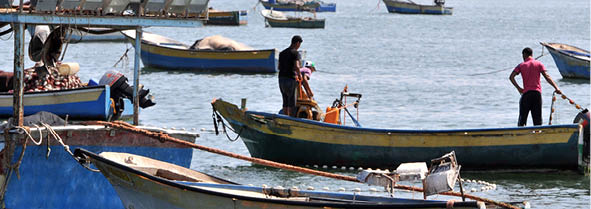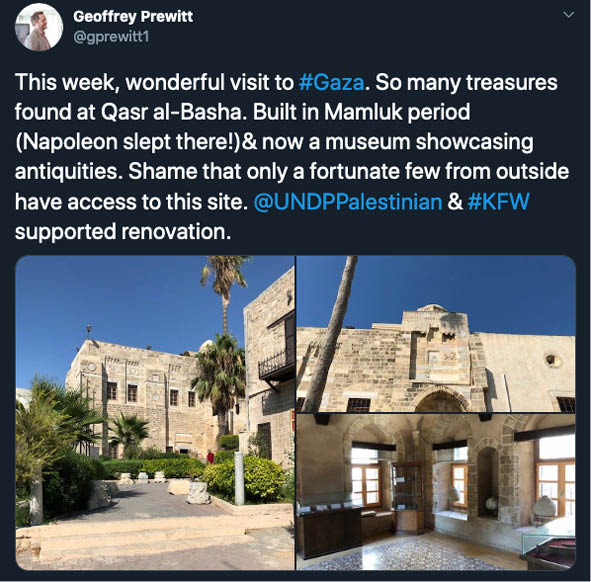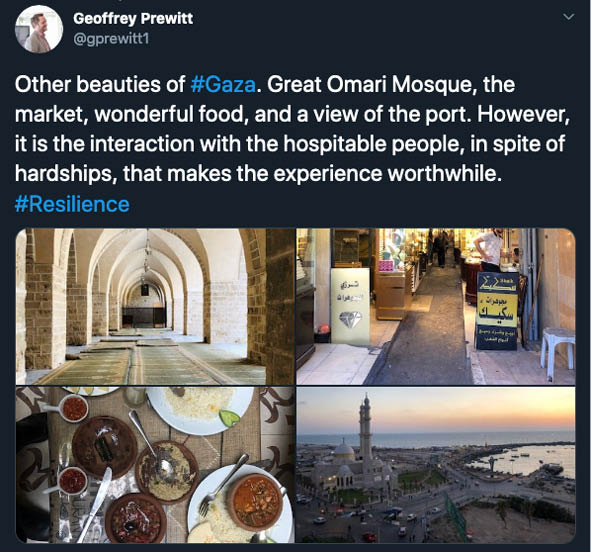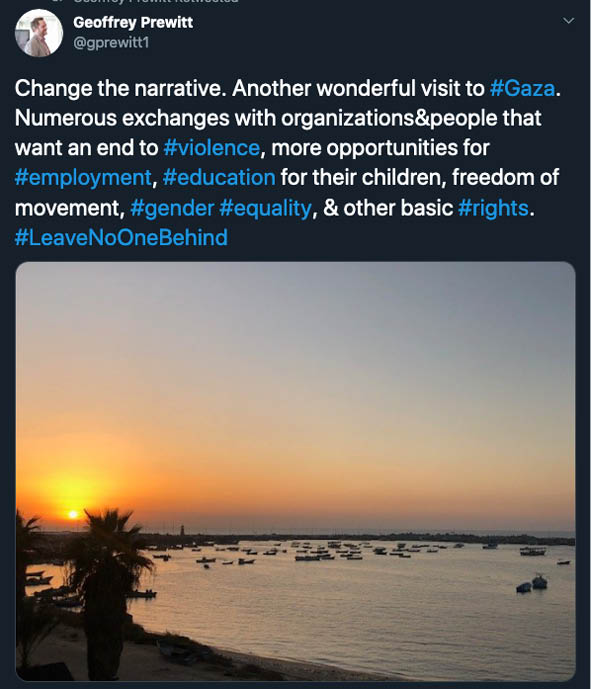I raise a glass
to those that share my vision
of a butterfly’s joyful iridescence
in this interminable tunnel of night.
From “State of Siege” by Mahmoud Darwish
I am not Palestinian. Although I have visited Gaza numerous times, perhaps over 50, one might question why I am qualified to write such an article. Perhaps I am not. However, this story represents an outsider’s personal reflection. As a qualifier, I would like to say that I have been privileged to travel and live across the world – both as a professional and as a tourist – visiting all but one of the seven continents. My conclusion? Gaza, perhaps more than any other place, is misrepresented as a place to fear rather than value.

Categorically, the siege on Gaza has been devastating. The data on unemployment, clean water, availability of electricity, double shifts of educational facilities, accessibility of natural resources, food insecurity, etc. illustrate a story of considerable deprivation. The population has suffered from three different military assaults in the past 11 years. A whole generation of youth are deeply affected by the Israeli occupation. This is factual, to the extent that the United Nations noted that Gaza would be unlivable in the year 2020.

As an international servant with more than two decades of experience working with the United Nations at a global level, I have witnessed considerable ugliness, poverty, injustice, and despair. Yes, Gaza has these attributes, but it also maintains unabashed inspiration. In Gaza, ironically, despite collective punishment, I have observed world-class attractions, resilient and generous people, and aspirations of a better tomorrow. It is time to change the narrative.
Gaza has so much beauty. Many centuries ago, the land was recognized as the ancient crossroads connecting Europe to Arabia. Let’s start with Qasr al-Basha or Pasha’s Palace, a thirteenth-century beautiful Mamluk relic, on par with Nabi Musa and other Palestinian treasures. Completed in the Ottoman era (and rehabilitated in the last five years by UNDP), it hosted Napoleon Bonaparte, who spent several nights there during his campaign that concluded in Acre in 1799. The palace now houses beautiful artifacts from various periods that range from the Neolithic to Roman times. It holds antiquities that could be housed in the Metropolitan Museum of New York.
For those interested in religious sites, there is no shortage in Gaza. In the old city, for example, one finds a tomb said to house Samson from the Bible and another site that claims to be the tomb of Prophet Muhammed’s great grandfather. Entering the exquisite Omari Mosque, visitors are awed by the grand courtyard with its beautiful blue-carpeted and tiled mosaic floor. It has been destroyed by conquerors, and even once by an earthquake, and rebuilt many times over during the last 3,000 years yet has preserved many of its previous forms.

My other favorite spots? The old city has wonderful charm. Strolling through the market, you find everything from gold jewelry to fresh fruit to old antiques. Without familiarity, you can get lost in the sights, smells, and sounds. Although not recommended for the thin-skinned (I lost a layer), the Samaritan Hamman – last restored in 1320 – provides a wonderful respite from the hustle of the market. It is run as an active Turkish bath that, when I last visited, included a heavy loofah, a neck-cracking massage, and a Dead Sea mud mask, followed by warm green tea.
And the beaches! The Gaza coastline is roughly 40 kilometers long. On hot summer days, crowds flock to swim in the sea, the beauty only mired by the slow filter of sewage. Gazans, as other people all over the world, enjoy volleyball, picnics, and soaking up the sun. The port, crowned by a beautiful mosque and cafés that overlook the Mediterranean, casts a postcard-like image at sunset.

The food is another unique marketing point of Gaza, which has produced several excellent cookbooks. (If interested, try Gaza Kitchen: A Palestinian Culinary Journey.*) My culinary preference is Dagga Ghazawiyeh, which consists of a tongue-burning salad of tomatoes, hot pepper, onions or garlic, a touch of lemon, and dill with a thick coat of olive oil. Fish, of course, is a specialty – often arriving in a traditional clay cooking pot. There is a special flavor that can only be found in this 365-square-kilometer land.
In conclusion, Gaza is far from being a utopia and many people, given the option, would leave. It has suffered terribly from the occupation. Yet, what makes Gaza beautiful is the people. I’ve learned about humility, ethics, generosity, resilience, and the struggle against injustice. Gaza is not a place of hatred or a “humanitarian basket case” but rather the home of proud Palestinian citizens who want more opportunities for their children. I am honored to reference Gaza as a place of admiration, not lost hope. Imagine if there were no wall?
*For more information, please see a review in TWiP Kitchen in the May 2017 issue of this magazine, available at https://www.comunicazionearezzo.com/limelight/gaza-kitchen-palestinian-culinary-journey/.


